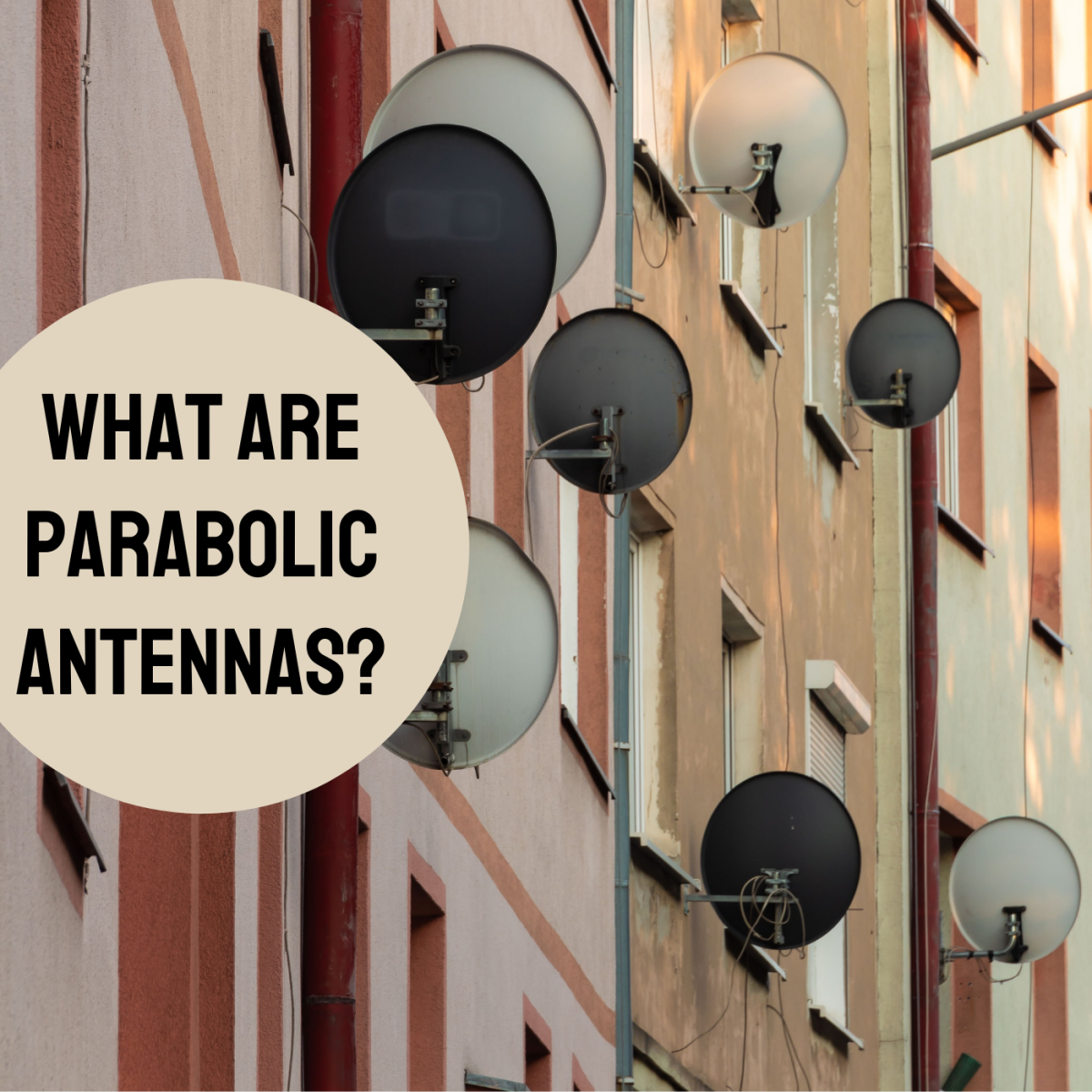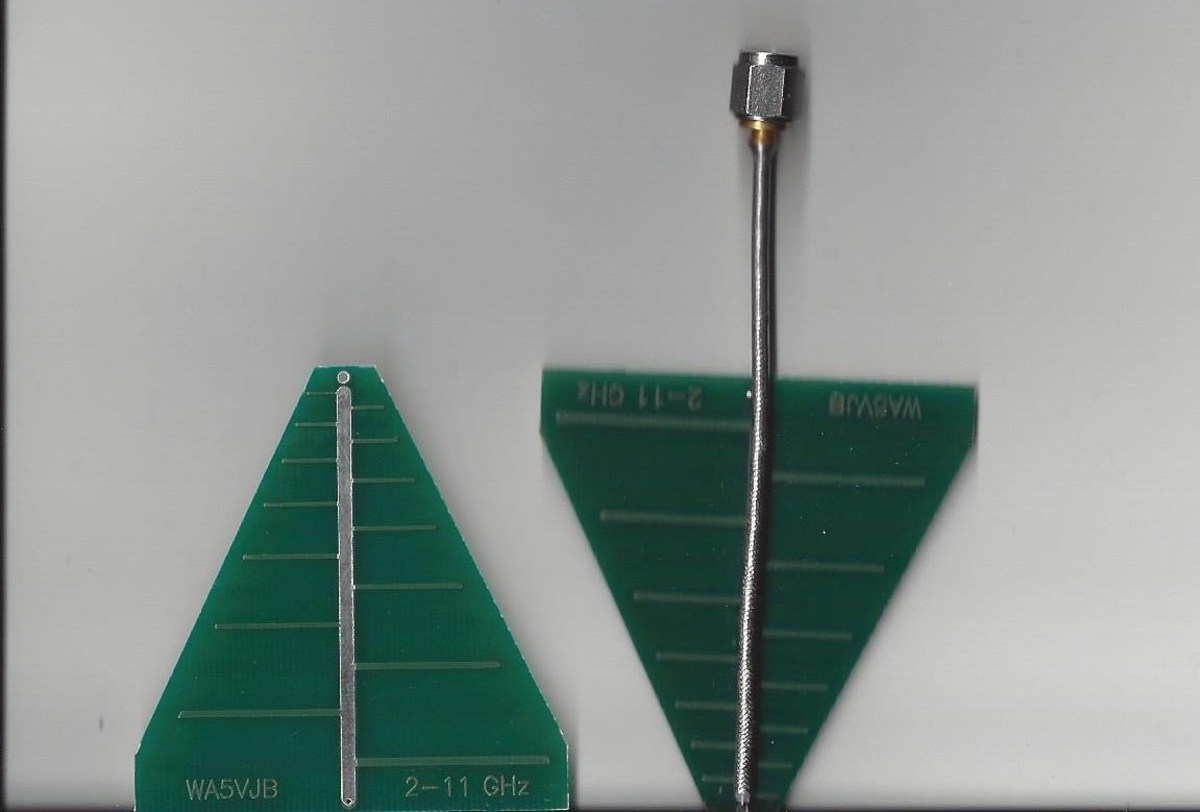Photo by Paweł Czerwiński on Unsplash
What Are Their Benefits?
Parabolic antennas are capable of long-range communications. The classic example is the satellite dish antenna that graces millions of homes, though parabolic antennas are common in radio astronomy for the same reason. Parabolic antennas have a wide bandwidth, and a parabolic dish typically receives high-frequency signals with low data loss. This makes dish antennas ideal for receiving a hundred channels simultaneously, while the signal itself is processed by a satellite receiver box. Performance is hardly affected when the signal is encoded, due to the amount of data that can be transmitted this way. Do you need to send out a powerful signal like weather or surveillance radar? A parabolic dish is probably the best choice. This is why they are so common on air traffic control towers.
What Are Their Weaknesses?
A parabolic dish takes up a lot of space relative to the feed antenna. And this large surface area leaves it vulnerable to high wind loads. Partial parabolic dish forms can be used, but they’re less effective. Parabolic antennas are not just directional but have a very limited field. A classic demonstration of this is the challenge in lining up satellite antennas with the geosynchronous satellites that transmit satellite TV signals. And if there is anything between the dish and its signal source, reception suffers. This could be anything from heavy rain to leaves blowing in the wind. If you want to point it at another target, you’re either controlling it via motors in the base or manually trying to line it up with another signal source. Horn antennas and Vivaldi antennas are better in this regard. Transmitting antennas are huge. Receiving antennas are generally much smaller. For example, a satellite TV antenna for receiving signals is less than three feet across, while the transmitting antenna is three times larger (if not more).
What Are the Main Applications for Parabolic Antennas?
The most commonly used parabolic antenna is the satellite dish. The curved dish focuses signals from the feed horn antenna to create an intensely concentrated signal if you’re transmitting or a dramatically improved signal when you’re receiving. Note that you can have a log periodic antenna as a simple dish feed. Yagi antennas can be used as dish feeds, but they have no advantage over log periodic antennas in this regard. Tamara Wilhite Parabolic antennas can transmit a massive amount of information in a short time frame. This is why they’re the backbone of the cell phone network. They can also be used to connect remote sites to the internet without having to install fiber optic or copper cable. Parabolic antennas are the best choice when you need a lot of gain. It would be difficult to get more than 20 dBi gain from a patch array antenna, while a parabolic antenna would rarely have less than 20 dBi gain. The gain of the antenna actually increases with the frequency. This is why most parabolic dish antennas are used for 1 GHz or higher signals such as microwave data links, though they can be used for frequencies as low as 100 MHz. Parabolic antennas can’t be used for VHF and UHF frequencies. A yagi antenna is better for those frequencies. Parabolic antennas can be used for short-range indoor communications, though this is rare. This content is accurate and true to the best of the author’s knowledge and is not meant to substitute for formal and individualized advice from a qualified professional. © 2020 Tamara Wilhite

